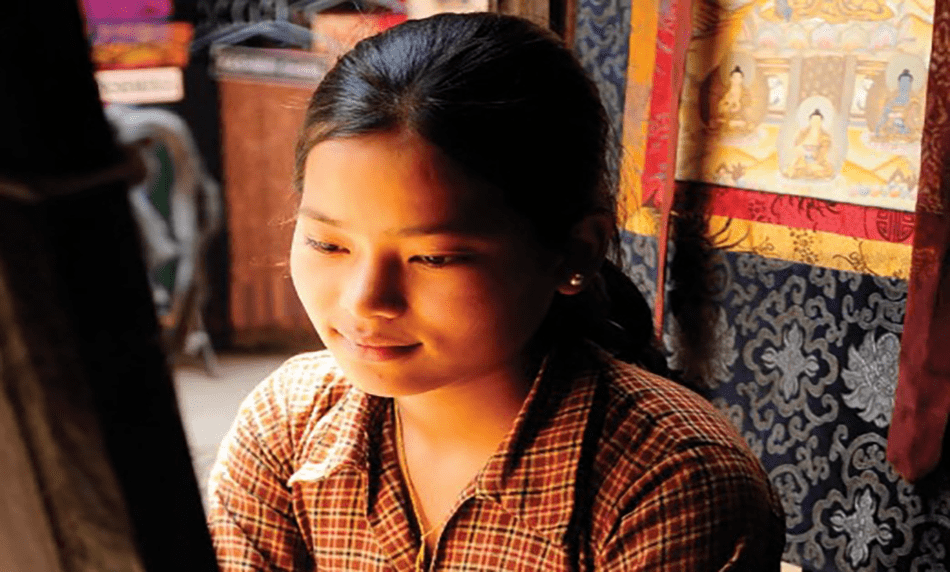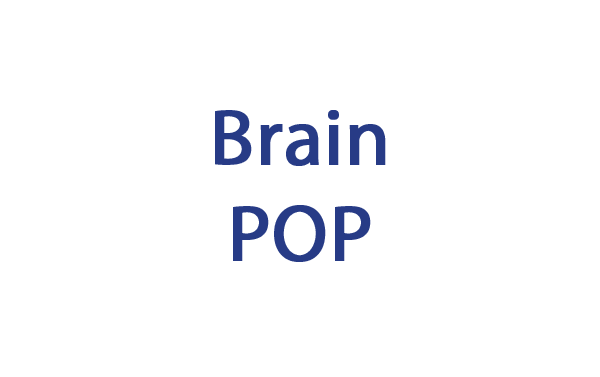

Key Learning Goals - Art:
3.1 Know that the study of art is concerned with visual expression and communication of a particular view of the world
3.2 Know how artists use paint, light, colour and subject matter to express their emotions, observations and experiences
3.3 Be able to use a wide variety of materials, forms and techniques to express their emotions, observations and experiences
3.4 Be able to communicate through visual and tactile forms
3.5 Be able to improve their own work
3.6 Be able to make judgements about works of art, showing understanding, appreciation, respect and enjoyment as appropriate
3.7 Be able to consider works of art in terms meaning, design, materials, technique, place and time
3.8 Understand that the work of artists is influenced by their environment and that artists have an effect on the environment
Key Learning Goals - Music:
3.1 Know that the study of music is concerned with musical expression and communication
3.2 Know how classical composers and pop musicians combine musical elements within a structure
3.4 Be able to play tuned and untuned instruments with control and rhythmical accuracy
3.5 Be able to perform as part of an ensemble
3.6 Be able to perform with an awareness of audience
3.7 Be able to compose musical pieces combining musical elements within a structure
3.8 Be able to improve their own work having regard to purpose
3.9 Be able to listen attentively with attention to detail
3.10 Be able to make judgements about pieces of music, showing understanding, appreciation, respect and enjoyment as appropriate
3.11 Be able to consider pieces of music in terms of meaning, mood, structure, place and time
3.12 Understand that musicians use music to express emotions and experiences
3.13 Understand that the work of musicians is influenced by culture, time and place
Tim and Moby introduce you to the discipline of architecture, an art form that incorporates science, design, and engineering. Discover the three major principles that all architects have in mind when they plan their buildings. You’ll also find out about the major periods in architectural history.
In this BrainPOP movie, Tim and Moby look at Cubism from all angles to get to the bottom of this influential art style. Explore how Cubists found simple geometric shapes in the world around them, and tinkered with multiple viewpoints within a single painting. Discover how Cubism broke the rules and changed the way artists looked at art.
Tim and Moby introduce you to the art of drawing and sketching. You’ll learn what tools artists use to draw, including some that might surprise you! You’ll find out how drawing is different from painting, as well as how an artist can create colors on paper. You’ll discover the steps you can go through to make a drawing, and you’ll find out how to create the illusion of depth on a flat piece of paper. Plus, find out the difference between a sketch and a finished drawing, as well as why sketches can be useful for artists.
In this BrainPOP movie, you’ll find out how a show of rejected art sparked an art movement that still resonates more than a century afterward. Discover what the Impressionists were rebelling against, and learn about some of the techniques they used to create an entirely new style of art. You’ll see a few important Impressionist paintings and meet their creators, and you’ll learn how to tell if a painting is Impressionist or not.
In this BrainPOP movie, Tim and Moby lead you on a guided tour of the art form of painting. Learn about the variety of paints, paintbrushes, and painting styles that artists have to choose from. Discover how mixing three basic pigments can produce the brilliant range of colors we see in the world around us.
In this BrainPOP movie, Tim and Moby carve out an in-depth exploration of this ancient three-dimensional art form. Discover the many different materials that can be shaped into sculptures, from marble to metal to wax. Analyze the important steps of various sculpting techniques like carving, modeling, and casting. Learn the definitions of terms like “relief” and “in the round,” as well as the difference between a statue and a bust.
Melting clocks, faceless humans, weird landscapes--all of these were hallmarks of the Surrealist movement. In this BrainPOP movie on Surrealism, Tim and Moby will teach you what, exactly, all of it means! Discover how artists in the first few decades of the 20th Century found new ways to interpret the world around them
See more relevant resources on BrainPop
From prehistoric cave painters to the Impressionists, and 20th-century artists such as Paul Klee, this virtual gallery contains examples of styles created and popularised by famous artists.
Visit an art gallery without leaving your classroom! This module contains videos about famous artists from different eras. Audio guides introduce and explain each work of art.
See Milton Keynes through artists' eyes! Meet artists and learn how a local landscape can inspire their work. An ideal source of inspiration for a whole-class project based on your local area.
Explore the lives and works of 20th-century British sculptors Henry Moore and Barbara Hepworth and take a virtual trip the wonderful Yorkshire Sculpture Park.
Learn about the construction of some of London’s most famous buildings, and use your skills to design, make, evaluate and reinforce your own structures. Find out about the importance of simple machines and how to build sustainably for the future.
This award-winning module follows a group of children through the design process from research stage to the creation of a final product: a radio-controlled car.
An inspirational fusion of technology and opera that encourages the creation of musical performances by using multimedia content.
Investigate rhythm, dynamics, pitch, tempo and timbre through a broad range of musical genres. The music is inspired by familiar settings such as a busy marketplace, sports day and a computer.
Explore rhythm, dynamics, pitch, tempo and timbre and examine how the mood of a piece is affected by changes to these elements. Examples come from a range of genres including Indian, big band and flamenco.
Junkyard – Reversible & Irreversible
Decide whether the change of state in a material is reversible or irreversible. Explain that some changes result in the formation of new materials, and that this kind of change is not usually reversible, including changes associated with burning and the action of acid on bicarbonate of soda.
Junkyard – Material Properties
Identify objects in terms of their properties e.g. flexible / rigid. Compare and group together everyday materials on the basis of their properties, including their hardness, solubility, transparency, conductivity (electrical and thermal), and response to magnets.
Junkyard – Identifying Properties
Compare materials in terms of a specified property. Compare and group together everyday materials on the basis of their properties, including their hardness, solubility, transparency, conductivity (electrical and thermal), and response to magnets.
http://en.wikipedia.org/wiki/Woodblock_printing_in_Japan
Wikipedia website has information and photographs about Japanese woodblock printing.
www.kinderart.com/printmaking/lino.shtml
KinderArt website explains how to make block prints using linoleum.
www.artchive.com/artchive/B/braque/housesle.jpg.html
Artchive website has a copy of ‘Houses at L’Estaque’ (1908) that you can enlarge.
http://motiondesign.wordpress.com/2007/02/22/colour-is-the-keyboard/ Motion
Design website features Kandinsky’s ‘Impression III (Concert)’, 1911.
Global Issues website features issues that affect us all.
www.youtube.com/watch?v=MlrITcGqoWw
YouTube has this video of Schönberg’s String Quartet No. 2 (op. 10, 1908).
www.youtube.com/watch?v=DUHn7knkrLc
YouTube has this video of Schönberg’s Three Piano Pieces (op. 11, 1909).
www.youtube.com/watch?v=xY_GMnQvj6E&feature=relmfu
YouTube has this video of Bach, ‘Contrapunctus 9, Art of Fugue’ with music animation and score.
www.youtube.com/watch?v=lJVRrvCWOkk&playnext=1&list=PLC89AFE2 760BEBF95
YouTube has the video of Walter Ruttman’s ‘Light Play Opus 1’, 1921.
www.youtube.com/watch?v=nMnlxYkZKaU
YouTube has this video of Beethoven’s ‘5th Symphony’ from Disney’s ‘Fantasia’ (2000).
www.youtube.com/watch?v=7EYAUazLI9k
YouTube has this video of more than 200 dancers performing ‘Do-Re-Me’ in the Central Station in Antwerp.






